Revolutionizing Production: The Rise of Additive Manufacturing
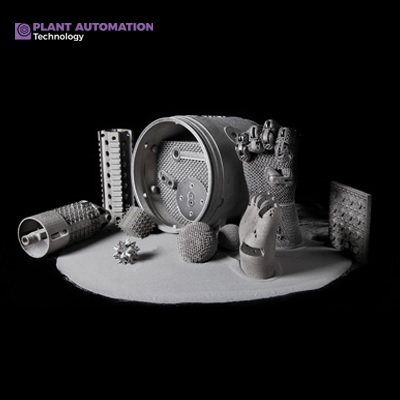
The landscape of manufacturing is undergoing a significant transformation with the advent of additive manufacturing. This revolutionary manufacturing technology is redefining how products are designed, developed, and produced. At the core of this transformation are several key concepts that intertwine to enhance production efficiency and innovate manufacturing processes. Among these are digital twins, intellectual property, lean manufacturing, rapid prototyping, metal 3d printing, smart manufacturing, 3d printing materials, industrial design, cyber physical systems, and AM techniques.
Additive manufacturing (AM), also known as 3d printing, involves creating objects by layering materials based on digital models. This method contrasts with traditional subtractive manufacturing, where material is removed from a larger block. The benefits of additive manufacturing are profound, impacting various sectors from healthcare to aerospace.
Digital Twins
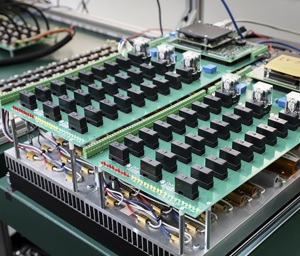
The concept of digital twins plays a crucial role in additive manufacturing. A digital twin is a virtual replica of a physical product, process, or system that can be used to simulate, predict, and optimize performance in real-time. In additive manufacturing, digital twins are used to model AM techniques, allowing engineers to analyze and improve production efficiency before physical production begins. This minimizes errors, reduces costs, and accelerates development timelines.
Intellectual Property

Intellectual property (IP) protection is paramount in additive manufacturing. The digital nature of 3d printing materials and AM techniques means that designs and processes can be easily copied or modified. Companies must ensure robust IP strategies to protect their innovations and maintain competitive advantages. As additive manufacturing continues to evolve, so does the need for enhanced IP frameworks that address the unique challenges of manufacturing technology.
Lean Manufacturing

Lean manufacturing principles align seamlessly with additive manufacturing. By focusing on minimizing waste and maximizing value, lean manufacturing enhances production efficiency. Additive manufacturing supports lean manufacturing by enabling rapid prototyping, which reduces the time and material waste associated with traditional prototyping methods. This synergy allows manufacturers to quickly iterate and refine designs, leading to more efficient production processes.
Rapid Prototyping
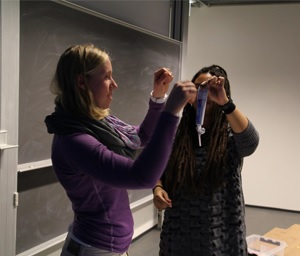
Rapid prototyping is one of the most significant advantages of additive manufacturing. Traditional prototyping methods can be time-consuming and costly. In contrast, rapid prototyping with 3d printing materials allows for quick and cost-effective creation of prototypes. This not only accelerates the product development cycle but also enables more frequent testing and iteration, ensuring higher quality and better-performing products.
Metal 3D Printing

Metal 3d printing is a subset of additive manufacturing that involves creating metal parts layer by layer. This technique is particularly valuable in industries such as aerospace, automotive, and healthcare, where high-strength, lightweight components are essential. Metal 3d printing allows for the creation of complex geometries that would be impossible or impractical with traditional manufacturing methods, further pushing the boundaries of industrial design.
Smart Manufacturing
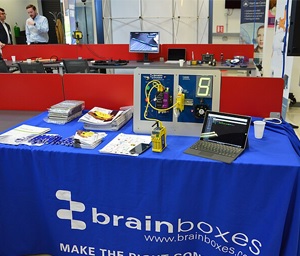
Smart manufacturing integrates cyber physical systems, digital twins, and additive manufacturing to create highly flexible and efficient production environments. By leveraging advanced sensors, IoT devices, and data analytics, smart manufacturing systems can monitor and adjust AM techniques in real-time. This leads to enhanced production efficiency, reduced downtime, and improved product quality.
3D Printing Materials
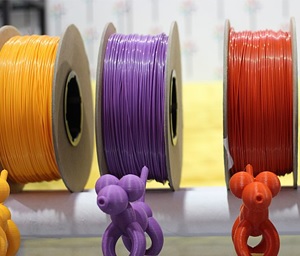
The range of 3d printing materials available for additive manufacturing is continually expanding. From plastics to metals to ceramics, the choice of 3d printing materials depends on the application's specific requirements. The development of new materials with tailored material attributes enables additive manufacturing to meet diverse industrial needs, from medical implants to aerospace components.
Industrial Design
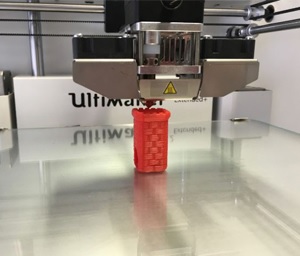
Industrial design benefits immensely from additive manufacturing. The flexibility of AM techniques allows designers to create intricate, customized, and optimized designs that would be challenging to produce with traditional methods. This freedom fosters innovation and creativity, resulting in more aesthetically pleasing and functionally superior products.
Cyber Physical Systems
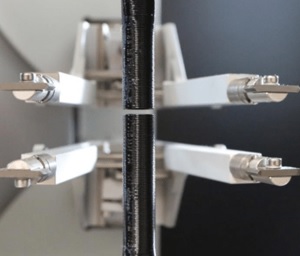
Cyber physical systems are integral to the future of additive manufacturing. These systems combine physical processes with digital control, enabling real-time monitoring and optimization. In additive manufacturing, cyber physical systems enhance production efficiency by providing precise control over processes materials and additive manufacturing components.
AM Techniques and Material Attributes
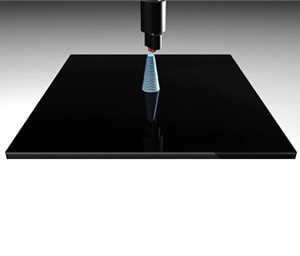
Various AM techniques cater to different applications and material attributes. For instance, metal 3d printing employs methods such as selective laser melting (SLM) and electron beam melting (EBM), which are chosen based on the desired material attributes and application requirements. Understanding the relationship between AM techniques and material attributes is crucial for selecting the appropriate processes materials and achieving optimal results.
Processes Materials and Additive Manufacturing Components

Processes materials in additive manufacturing encompass a wide range of options, each suited for specific applications. From polymers to metals to composites, the choice of materials affects the properties and performance of the final product. Additive manufacturing components produced through these processes materials can include everything from simple prototypes to complex, end-use parts. The ability to tailor material attributes and optimize AM techniques is a key driver of innovation in the field.
In conclusion, additive manufacturing is revolutionizing production by offering unprecedented flexibility, efficiency, and innovation. The integration of digital twins, robust intellectual property protection, lean manufacturing principles, and smart manufacturing systems enhances the overall effectiveness of AM techniques. As 3d printing materials and metal 3d printing continue to advance, the potential applications for industrial design and cyber physical systems expand, driving the industry forward. The rise of additive manufacturing signifies a new era in manufacturing technology, where rapid prototyping, enhanced production efficiency, and innovative material attributes redefine the possibilities of what can be achieved.










